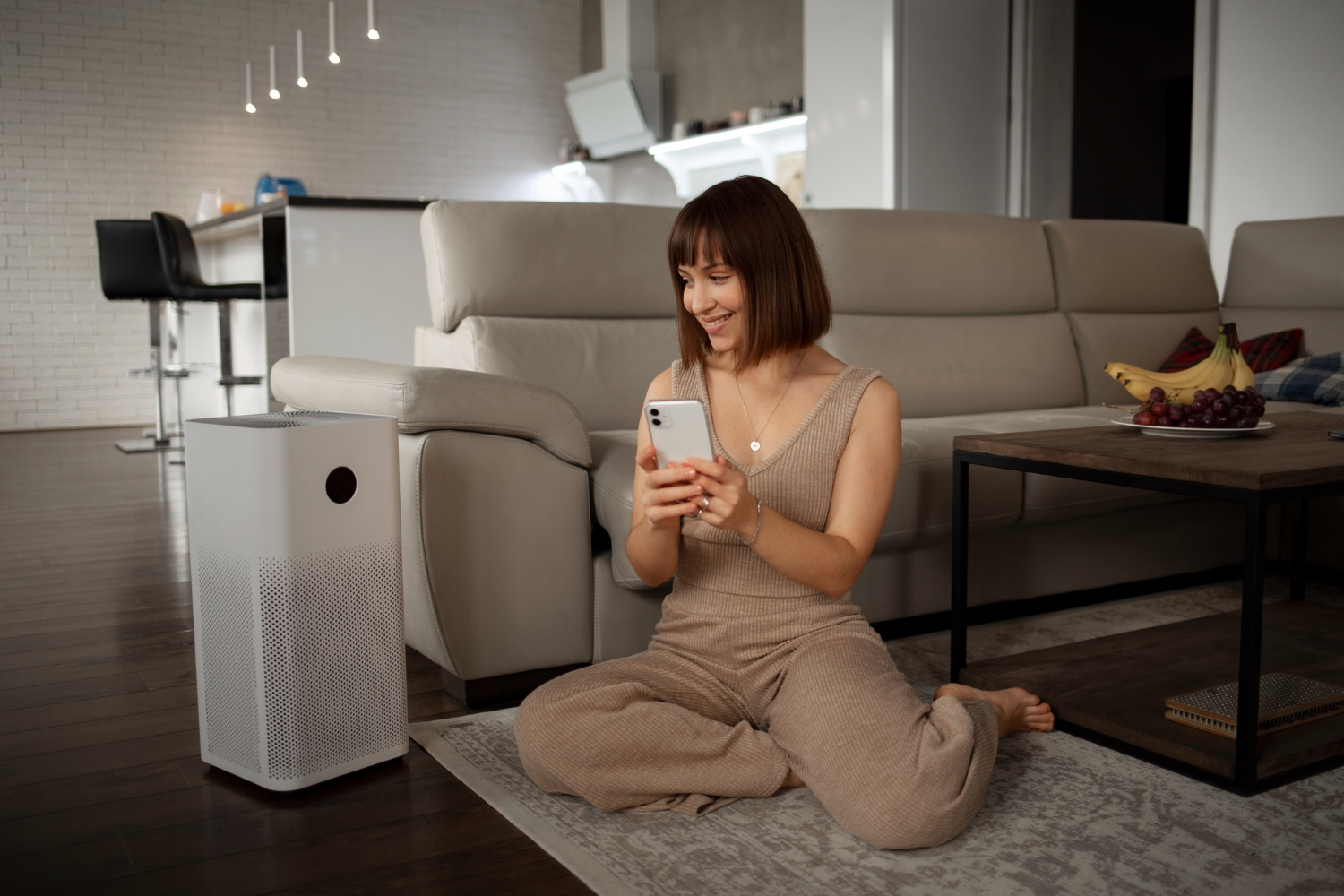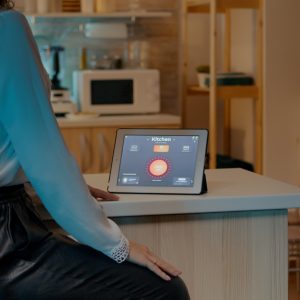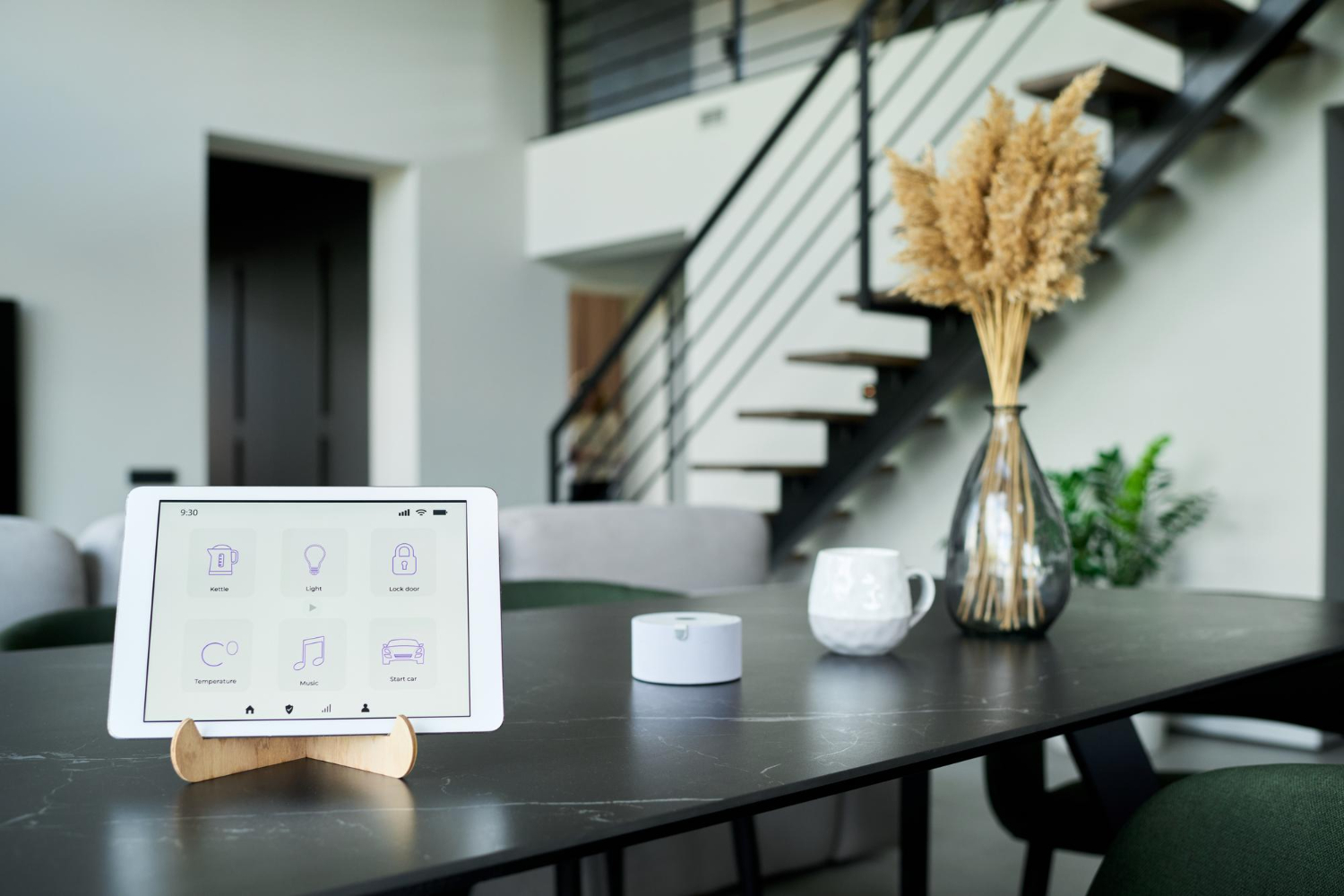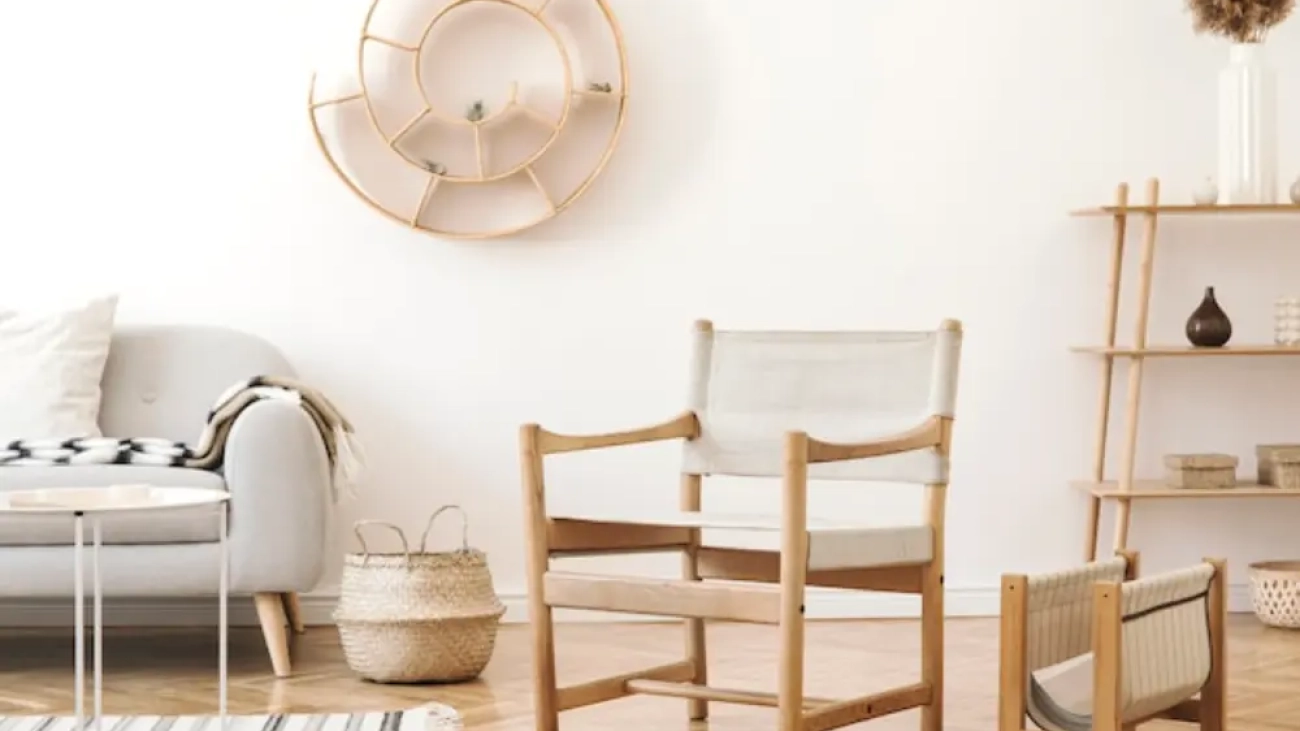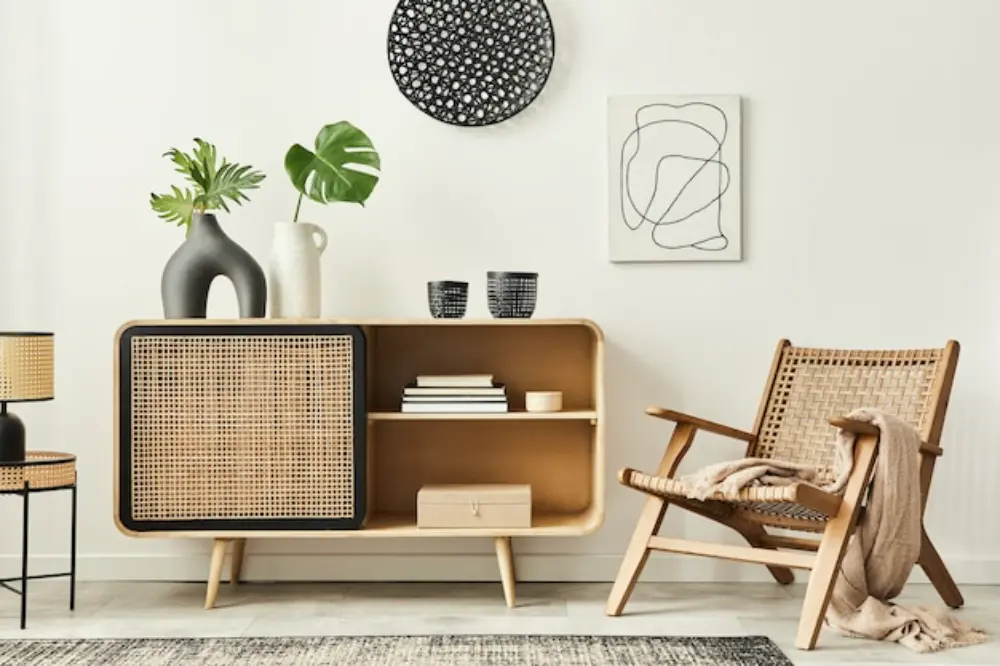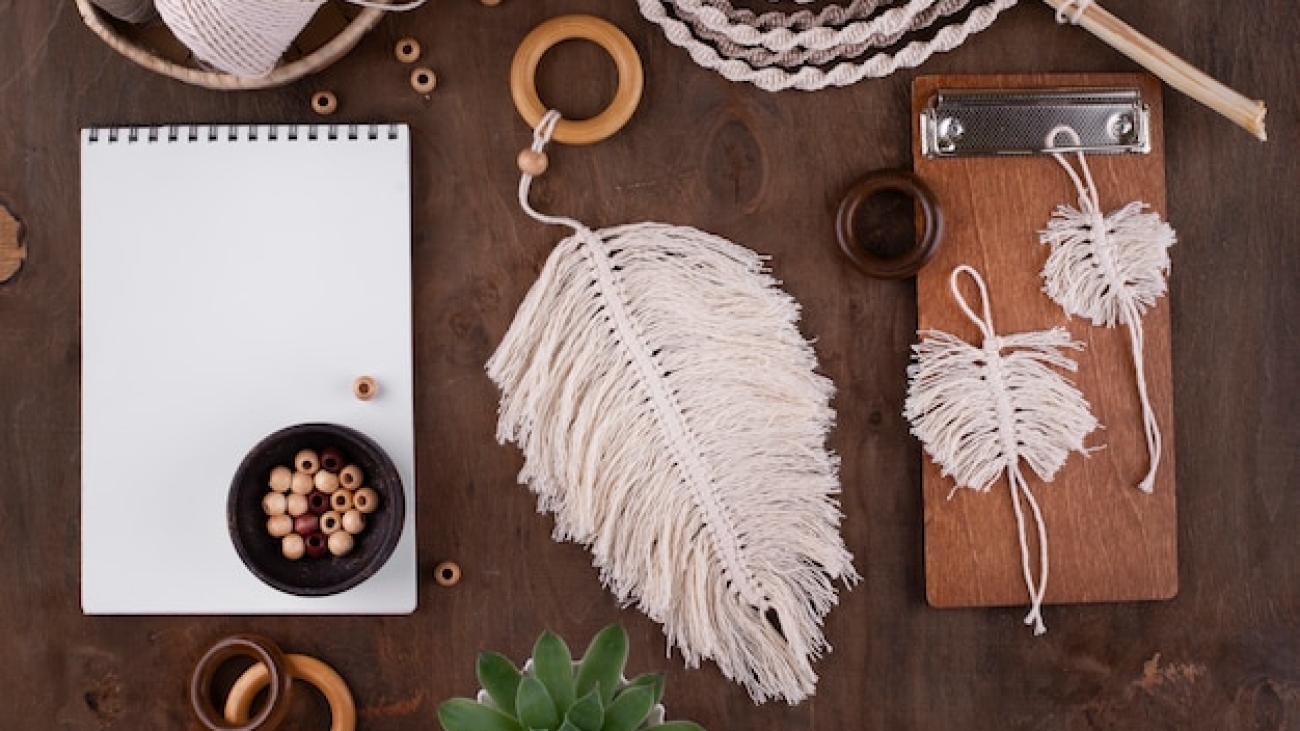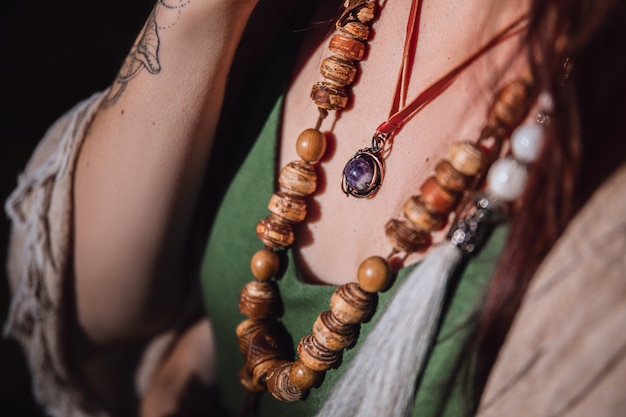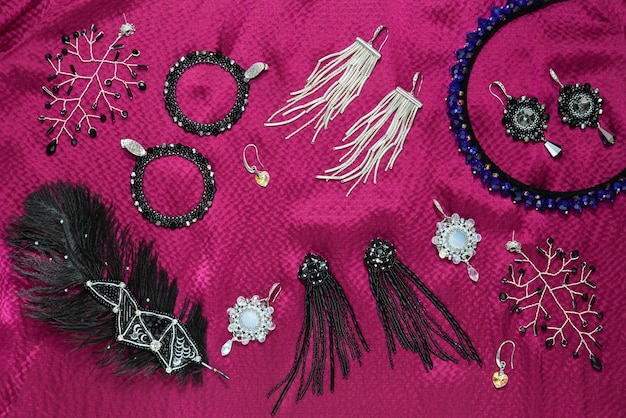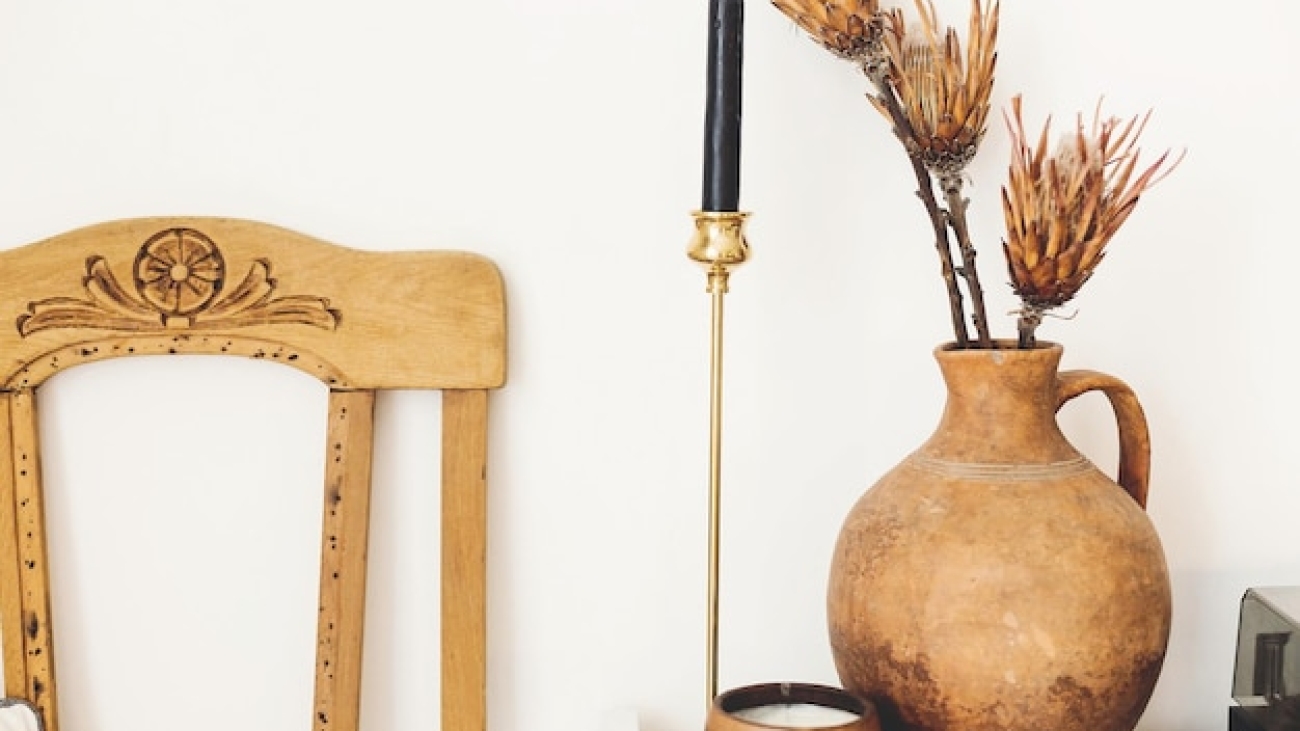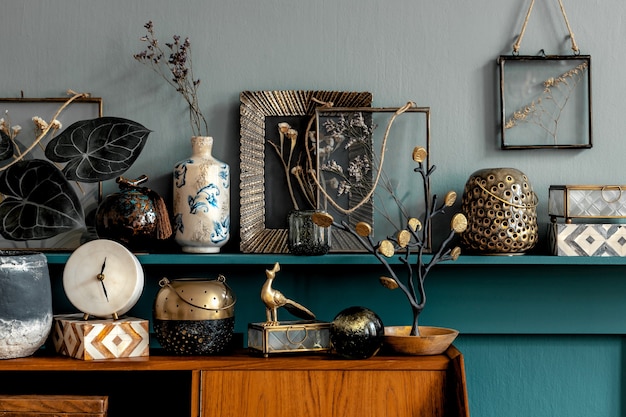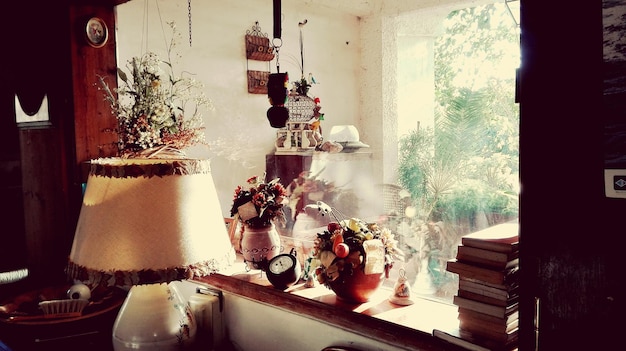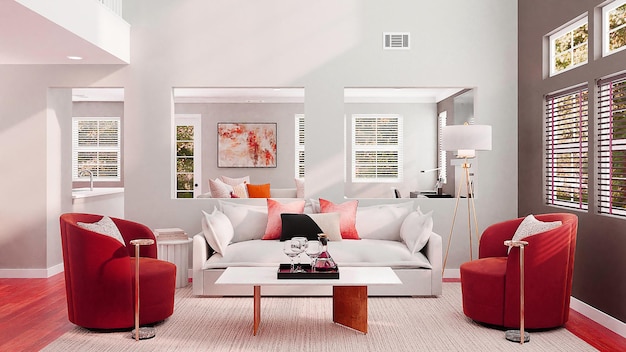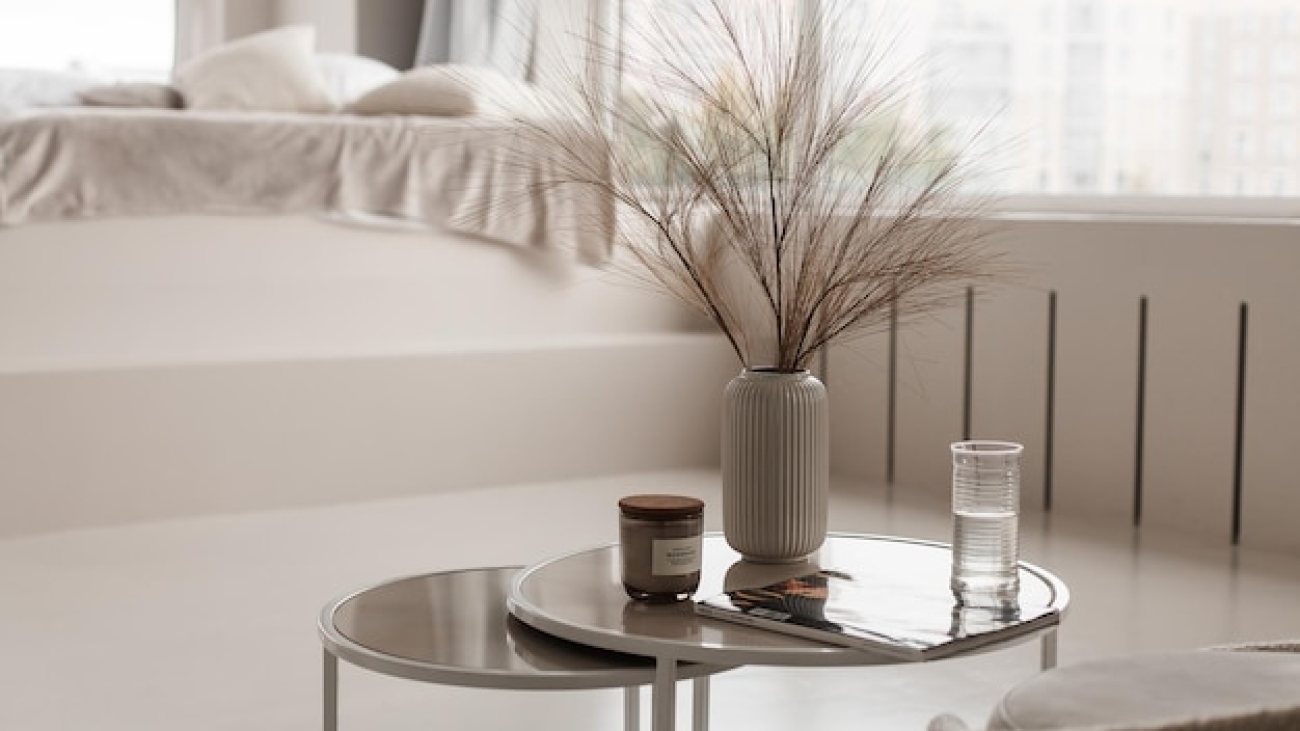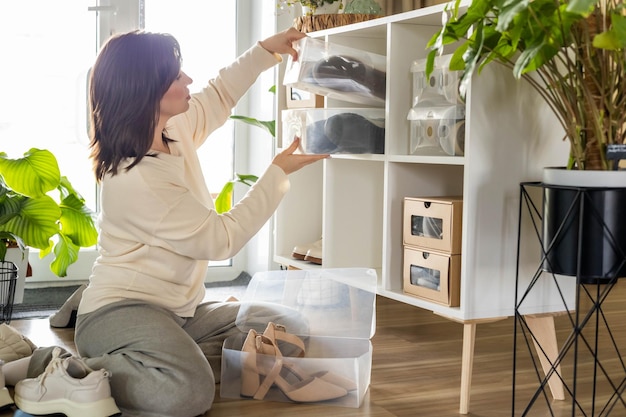If you’ve ever shouted at your smart speaker to turn off the lights or double-checked your door lock from your phone, you’re not alone. Smart home technology is no longer a futuristic fantasy—it’s now part of everyday life here in Australia. But what’s changing in 2025? And which smart home trends are truly worth your time and money?
Let’s have a real chat about it. No jargon, no fluff—just what you need to know if you’re curious about upgrading your home to be smarter, more secure, and more convenient.
What Are People Asking About Smart Home Technology in 2025?
Before diving into devices and trends, let’s cover some common questions people often ask:
· Is smart home technology affordable now?
· Yes, it’s becoming more accessible. You don’t need to overhaul your entire house to start small.
· Will my data be safe with all these connected devices?
· It depends on the brand and how you set things up, but security is improving with each update.
· What’s worth installing now, and what’s just a gimmick?
· That’s what we’ll break down in this guide—what’s useful and might not be worth your dollar.
1. Voice Control That Works
Remember when voice assistants would misunderstand you unless you had a perfect American accent? Not anymore.
Voice control is finally reaching a point where it’s genuinely useful for everyday Aussie households. Thanks to smarter algorithms and better microphone arrays, devices like Google Nest Hub, Alexa Echo, and even Apple’s HomePod are now:
· Responding to natural accents and casual commands
· Learning your habits (like your morning routine or music taste)
· Controlling more than just lights—think aircon, coffee machines, even blinds
Real tip:
If you already use a voice assistant, link it to multiple devices. You’ll be surprised how smooth it becomes to say, “I’m heading out,” and have all your lights switched off, doors locked, and cameras arm themselves.
2. Smart Technology Security Without the Complication
Home security used to mean clunky CCTV and complicated control panels. Now? A smart camera or video doorbell like Arlo or Ring can give you:
· Real-time alerts on your phone
· Facial recognition to know who’s at the door
· Two-way audio to chat with delivery drivers (or deter suspicious visitors)
And for renters, there are wire-free options that you can install yourself without drilling holes or running cables.
Bonus: Some insurers even offer discounts for installing smart security. It might be worth checking with your provider.
3. Energy Efficiency You Can Track
Australia’s climate makes energy bills a big deal—especially with summer heatwaves and winter chills.
Smart home technology trends in 2025 are leaning heavily into sustainability. Devices like:
· Smart thermostats (e.g., Tado, Ecobee)
· Energy-monitoring plugs
· Automated lighting systems
…can help you cut costs by:
· Learning your habits and adjusting automatically
· Turning off standby devices
· Offering real-time data on what’s using the most power
Pro tip:
Some Aussie households are pairing smart tech with solar panels and battery systems to fully control when and how energy is used.
4. Interconnected Devices That Talk to Each Other
If you’ve ever had one app for your lights, another for your doorbell, and a third for your air conditioner, you know how annoying it is when devices don’t cooperate.
That’s where Matter comes in.
Matter is the universal standard, making waves in 2025, finally letting different brands and platforms work together more easily. So whether you’re using Google, Amazon, Apple, or Samsung, your devices can now:
· Connect faster
· Stay in sync
· Work reliably even without internet
Building your smart home is less of a tech headache and more of a plug-and-play experience.
5. Smarter Kitchens and Appliances
Yes, your fridge can talk now. But don’t worry—it’s not asking philosophical questions.
Smart appliances are gaining popularity not just for novelty but for real convenience:
· Ovens that preheat from your phone while you’re still in traffic
· Coffee machines synced to your alarm clock
· Fridges that track expiry dates and send grocery reminders
Even air fryers and washing machines are getting smarter, using sensors to adjust settings based on load or type of food.
Word of advice:
Stick to appliances with clear support in Australia and solid app reviews. Not all smart devices are created equal.
6. Real Smart Lighting That Sets the Mood
Lighting can absolutely change a room’s vibe. In 2025, smart lighting will be more than voice commands and colour changes.
· Set schedules so lights adjust with sunrise or sunset
· Create scenes like “movie night” or “dinner time.”
· Use motion sensors for hands-free lighting in hallways or bathrooms
If you’re new to smart lighting, start with a few smart bulbs or light strips (Philips Hue and LIFX are Aussie favourites).
7. Smarter Home Entertainment
This year, Aussie homes are blending smart tech into entertainment in clever ways:
· TVs that double as control hubs (think Samsung’s SmartThings)
· Surround sound systems with voice control
· Streaming setups where everything turns on with a single command: “Play Netflix.”
You can also integrate your entertainment with routines. Imagine saying, “Let’s watch footy,” and the TV, lights, and aircon all adjust at once—simple but satisfying.
8. Automation That Saves Time and Headspace
Routine is where smart homes shine.
The house starts working for you once you’ve set up basic automation. A few everyday ideas:
· Morning routine: Lights fade in, kettle turns on, your playlist starts
· Bedtime routine: Doors lock, lights dim, temperature adjusts
· Away mode: All non-essential appliances shut off, motion sensors activate, lights randomise
It’s not just tech for tech’s sake. It’s about freeing up mental space and letting your home take care of the little things.
9. Remote Control from Anywhere
Are you heading to the beach and forgot to lock the door? Smart locks like Yale or August let you check and lock remotely.
Even better, you can:
· Let in tradies while you’re at work
· Get notified if a door or window is left open
· Track who’s coming and going
The same goes for air conditioning, garage doors, and sprinkler systems. Everything can be managed from your smartphone.
10. Future-proofing with Regular Updates
Smart home technology is constantly evolving. The good news is that most of it improves with regular software updates—no new hardware is needed.
To stay ahead:
· Choose products with solid support in Australia
· Check update logs (are they improving or stalling?)
· Join communities (Reddit, Whirlpool forums, or Facebook groups) to see how others are using similar setups
Final Thoughts: Is It Worth It?
Absolutely—if you build your smart home around real needs, not hype.
You don’t have to go all-in overnight. Start with a smart speaker or a couple of bulbs. Get comfortable. Expand as your needs grow. Whether cutting power bills, boosting security, or
enjoying hands-free convenience, smart home technology trends in 2025 are built around everyday value.
And here’s the fun part: it’s never been easier to create a home that listens, learns, and looks after you—without ever feeling like a robot takeover.
Got a favourite smart technology? Which one should try first?
Drop a comment below—I’d love to hear how others are building their smart homes in 2025. If you found this guide helpful, feel free to share it with a mate or on your socials.
Let’s make our homes smarter, one helpful tip at a time.


